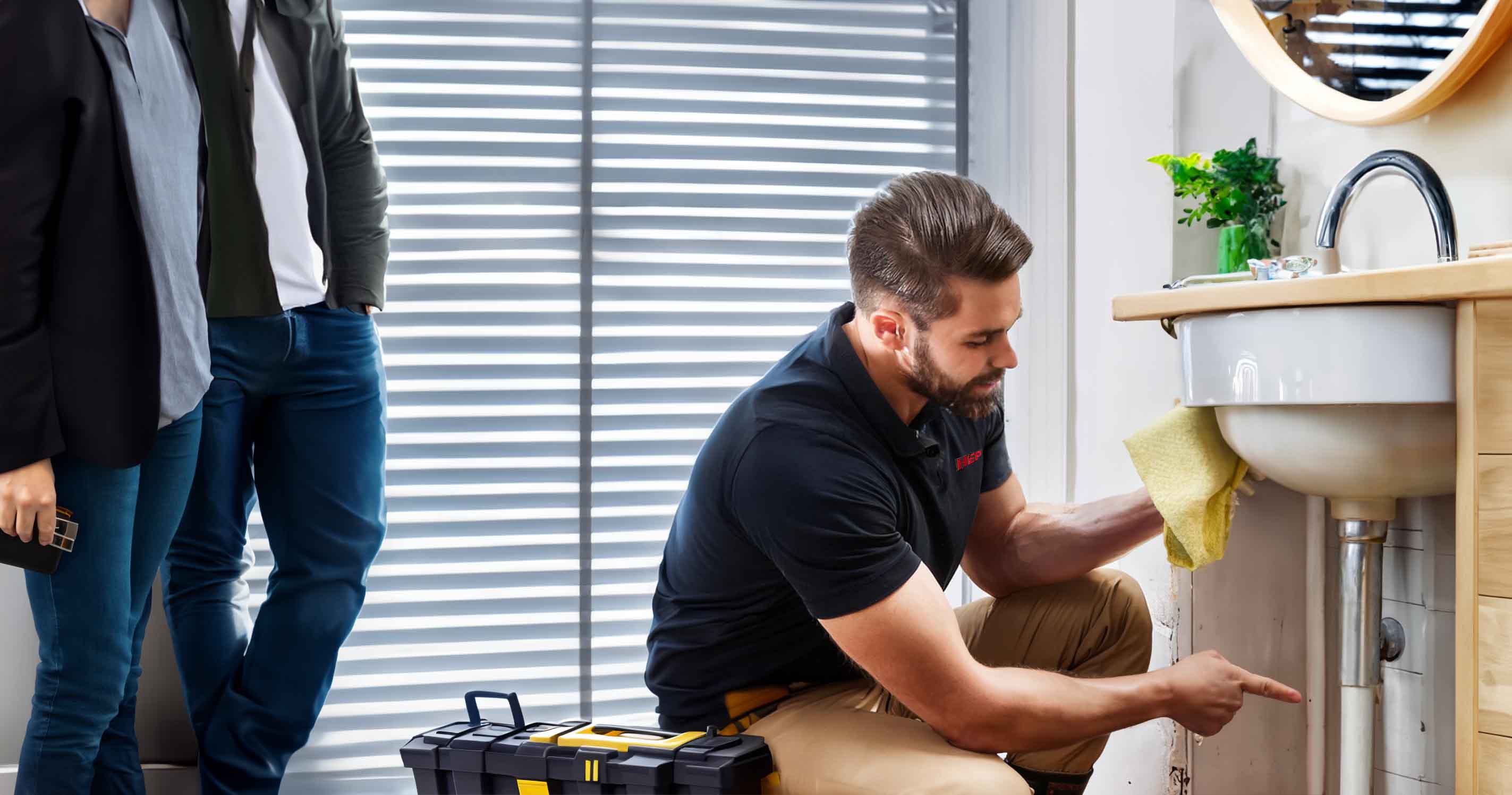

Complex Installations
Your trusted partner for professional home services. Quality workmanship, guaranteed satisfaction.




- HEP
- Complex Installations
Complex Installations | Commercial Plumbing | Plumbing | Palmer
From bustling restaurants on S. Alaska Street to expansive warehouse facilities near the Matanuska River, businesses in Palmer rely on HEP’s skilled team to keep water flowing and waste lines clear. We thrive on complexity—whether it’s coordinating multi-story pipe runs, integrating advanced backflow prevention, or upgrading aging infrastructure without interrupting daily operations. Every valve, joint, and fixture is mapped with precision, so owners can focus on customers instead of pipework.
That same meticulous planning drives our reputation in commercial plumbing. Count on rapid estimates, strict code compliance, and seasoned technicians who understand the unique demands of retail, healthcare, food service, and industrial sites across the Valley. When challenges surface after hours—or before your grand opening—HEP is ready with 24/7 support and a promise to finish on schedule, on budget, and to the highest standard of durability.
FAQs
What kinds of complex commercial plumbing installations do you handle in Palmer?
Our team is equipped to manage a full range of large-scale plumbing projects, including multi-story water distribution systems, medical-grade piping, industrial process lines, commercial kitchens, grease-interceptor setups, hydronic heating loops, and high-capacity backflow prevention assemblies. We also integrate smart controls, booster pumps, and water-treatment equipment to meet specialized operational or code requirements.
How do you ensure compliance with Palmer city codes and Alaska state regulations?
Before breaking ground, we review your project with the local building department and submit detailed drawings stamped by a licensed mechanical engineer. We use UPC/IPC guidelines, Alaska DEC requirements, and Palmer municipal amendments to size pipes, choose materials, and specify venting or backflow devices. All work is inspected at rough-in and final stages; we coordinate directly with inspectors to ensure every component passes on the first visit.
What factors affect the timeline of a commercial plumbing installation?
Schedule drivers include project scope, permit approval times, material lead times (especially for specialty valves or medical-gas tubing), site accessibility during winter, and coordination with other trades such as electrical or HVAC. We create a Gantt chart at kickoff, monitor critical path activities, and adjust sequencing to keep you on track—often finishing major rough-in in 4–8 weeks for mid-sized facilities and 8–16 weeks for large or phased builds.
How is pricing determined for complex installations, and can you provide cost estimates up front?
Pricing is based on a detailed take-off of pipe sizes, fixture counts, equipment specifications, and labor hours. After a site walk-through and review of construction documents, we deliver a fixed-price or GMP (Guaranteed Maximum Price) proposal that includes permits, material escalation clauses, and contingency allowances. Value-engineering options are presented to help you meet budget without sacrificing code compliance or long-term reliability.
Do you offer ongoing maintenance after installation is complete?
Yes. We provide customizable service agreements that cover annual backflow testing, grease-trap pumping schedules, water-heater flushes, and digital monitoring of pressure or temperature anomalies. Routine maintenance not only keeps you compliant but also extends equipment life and reduces emergency repair costs. Clients on a service plan get priority response and discounted labor rates for any unscheduled calls.
What sustainability or efficiency options are available for commercial facilities in Palmer’s climate?
We recommend high-efficiency condensing water heaters, recirculation pumps with ECM motors, low-flow commercial fixtures, and heat-recovery systems that capture warmth from wastewater or boiler flues. Insulating supply and recirc lines to R-5 or higher minimizes heat loss during Palmer’s cold winters, while leak-detection sensors help conserve water. All options can be modeled for ROI so you can see payback periods before committing.